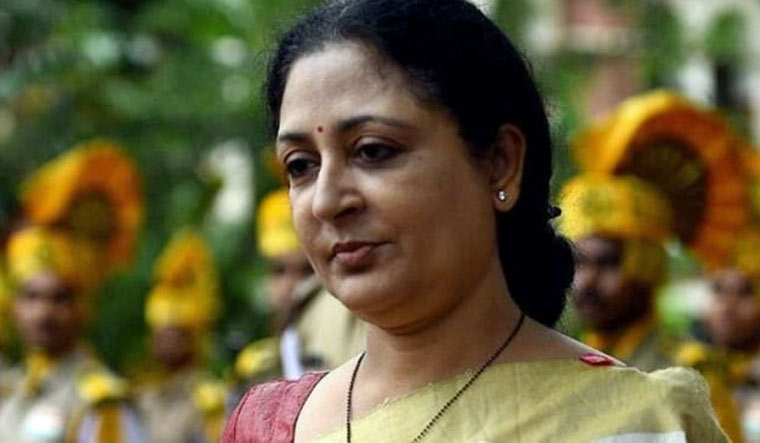Since I had been chief justice of the Madras High Court (2004-2005), I have always been keenly concerned about the functioning of that court and keep myself informed of developments there.
Recently, I came to know that the chief justice of the Madras High Court, Vijaya K. Tahilramani, had resigned. In connection with this issue, an article appeared in an online publication that argued chief justice Tahilramani's resignation showed why the Supreme Court's Collegium system was a failed system.
While I myself have been critical of many Supreme Court Collegium decisions, I regret to say that the article in the online publication presented incorrect facts.
This morning, I had long conversations on the phone with some sitting judges of the Supreme Court and some well-known and reputed lawyers of the Madras High Court, who told me the correct facts.
The article in the online publication claimed chief justice Tahilramani was transferred to another High Court because she recommended the names of some lawyers of the Madras High Court for elevation as judges despite objections by the Supreme Court Collegium. I was told that this was incorrect. Some names had indeed been recommended by the Madras High Court Collegium, presided over by chief justice Tahilramani, for elevation as judges, but the SC Collegium found them undeserving.
The Supreme Court Collegium had not objected to those names before the Madras High Court Collegium made its recommendations, as the article insinuated; in fact, that is not how the system works. It is only after the High Court Collegium's recommendations are received that the Supreme Court Collegium comes into the picture, and it has often rejected names that it thought were undeserving.
The real reason for chief justice Tahilramani's transfer, as I was informed in my conversations, was that she was hardly working in the Madras High Court. She would sit only till about 12 or 12.30pm, but not in the post-lunch session. Following her example, many other justices of the Madras High Court would also not sit in the post-lunch session.
Even when chief justice Tahilramani would sit in court, she would at most pass interim orders and adjourn cases and hardly gave any final judgment.
While there are many outstanding justices in the Madras High Court, the behaviour of the chief justice—who is expected to lead from the front—was having an adverse effect on the working of the court.
Hence, chief justice Tahilramani was transferred to a High Court that had relatively little work.
The Madras High Court is a Chartered High Court and one of the premier High Courts in the country with a great reputation. It has a large number of cases pending, with tremendous pressure on justices to decide those cases. I know this from personal knowledge as I was chief justice there. If the chief justice is indolent and lackadaisical, he/she has no business to be in that court.
Justice Markandey Katju retired from the Supreme Court in 2011
The opinions expressed in this article are those of the author's and do not purport to reflect the opinions or views of THE WEEK



